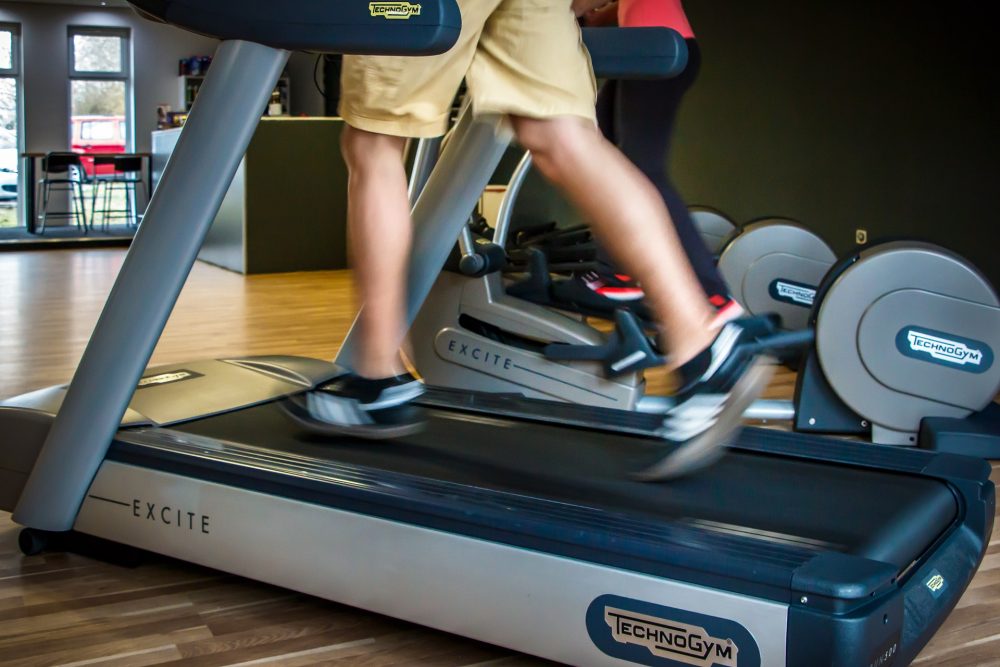You might be wondering how some of the large-scale health clubs and specialist gyms survive given the turnover of members each year. However, what you might not know is that their marketing techniques and incentives are proven to attract new members and even encourage legacy members to return. One of the main reasons that people don’t sign up for a gym or health club – or choose to quit their gym or health club – is a lack of motivation. Incentivization holds the key to unlocking a steady stream of members.
If you run a small gym or are thinking of setting up a gym and always wanted to know the tricks of the trade, this article will shine a spotlight on how gyms and health clubs use persuasive marketing techniques to maintain sustainable memberships.
Set micro goals for members
There is nothing worse for new members than seeing them set unrealistic goals for themselves. They quickly lose motivation if they fail to hit targets and give up. When you induct new members to your gym or health club, sit them down to understand exactly what they want to get out of their membership. If they want to lose 40 pounds in three months, that’s just over three pounds a week. Break it down into manageable chunks that can be benchmarked easily, and you’ll get more satisfied and engaged members.
Implement referral schemes

Introduce a referral scheme for your new members. Members that encourage their friends or family members to sign up with them will receive a financial reward for increasing your membership. It might be two months’ free membership, for example. Socialization of the gym experience is important. It is proven that 95% of those who start a weight loss program with a friend reach their goal, compared with just 76% of those who exercise alone. Referral schemes not only generate more income through memberships, but they improve the experience for your existing customers that get to exercise with their friends or family.
Take a leaf out of the gambling industry’s book
There’s no doubt that the iGaming sector is one of the fastest-growing on the planet. Although land-based casinos remain incredibly popular, their online counterparts offer incentives and bonuses to new and existing players to acquire and retain customers. Blackjack Canada incentivizes users to sign up and start playing pontoon online by outlining the highest sign-up bonuses on offer to customers, which helps to retain them and keep them playing for longer. This can easily be applied to gyms and health clubs. By offering free trials, discounted prices and loyalty bonuses, you can show existing and potential members how much you want their business.
Fellow iGaming company, Online Casinos Canada (OCC), also uses aggregation to good effect. It allows you to pick your next casino at OCC from a list of longest-established iGaming brands that offer the best customer service. Health clubs and gyms can learn a great deal from this kind of marketing technique, as it is proof that today’s consumers value having the benefits of a service spelt out to them in black and white. Don’t be afraid to say why your gym or health club out-performs others – show confidence in your facilities.
Diversify personal trainers
Of course, increasing your staff base might not be wholly realistic depending on your revenue and profits, but having a gym with a variety of trainers across genders and ages can really encourage prospective members to sign up and feel at ease. Gyms can be daunting environments, so having a trainer that women over 60 can relate to, for example, is hugely important.
Hopefully, these incentivization and marketing techniques have given you some food for thought when operating your own gym or health club. Inspiring people to get up from their desk or couch and improving their fitness can be as spiritually rewarding as it is financially.
Disclaimer
The Content is not intended to be a substitute for professional medical advice, diagnosis, or treatment. Always seek the advice of your physician or other qualified health provider with any questions you may have regarding a medical condition.